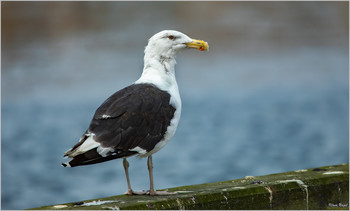
0
Sie haben Fotos in Ihrem WarenkorbAlle entfernen

|
|
Zur Galerie hinzufügen
Make offer
Let the author know about your interest to this photo, and encourage him to mint it and list for sale. Also, the offer is not an obligation
Enter price
Wallet should be connected to make an offer
|

|
|
***
 |
|
|
|
||
|
|
Dieses Foto ist nicht zum Verkauf angeboten. Angebot machen
Teilen Sie dem Autor Ihr Interesse an diesem Foto mit, und ermutigen Sie ihn, es zu minten und zum Verkauf anzubieten. Angebot ist keine Verpflichtung
Ihr Wallet sollte angeschlossen sein, um ein Angebot zu machen
***
Zur Galerie hinzufügen
In Galerien ausgestellt
|
|

